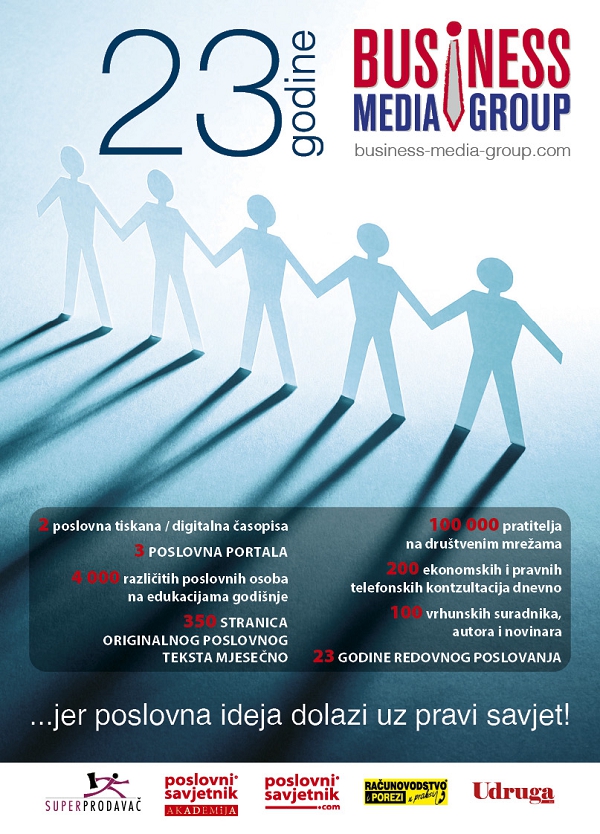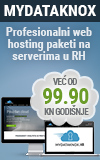JOHN LODDER: Strategy: What if old answers do not work anymore? Swot or Soar?
The economic crisis still has a deep impact and shows that important (inter)national institutions that brought a lot of prosperity and progress, are not fit to cope with the fast changes in our markets. This also applies for companies worldwide.
Obviously it is very difficult for an organization to adjust their culture and implement a strategy to cope with these developments successfully. Many well-known companies lose market share or go bankrupt. New or existing organizations however find a niche, create a new strategy and experiment with new business models and become successful, because they are more flexible, creative and innovative.
Just one example: Founded in 1997 with a search-engine, Google now has a market value of 250 billion dollar. They are active in a.o. sustainable energy, banking in Africa, a pioneer in self-driving cars and they develop healthcare products; of course, they are also active in broad band networks and they own You Tube.
We see major developments taking place in the information- and communication sector with e.g. internet, the cloud, open source, social media and interactive television, and this impacts organizations in all sectors.
The digital economy changed the marketing profession completely; marketing guru Philip Kotler (2010) wrote about it in ‘Marketing 3.0’ but not many applied it in their practice.
The speed of change
Change is not new, ancient China, the Greek and Roman Empire; they all had to cope with change more than 2000 years ago. The main difference today is the speed of change. Things go so much faster because so many people are involved, they are partnering in the change processes around the globe. And… among these people are also your employees!
Your employees
Your employees are also consumers and they take part in different communities, they are active in the world of social media. They have the whole world in front of them. They read information; learn from other cultures, they chat with people from other countries, exchange ideas and so on. As a manager, what do you do with this specific knowledge and experiences of your people? How do you use their knowledge for the benefit of your company? How do you involve them in your strategy?
Thinking about change
Change usually starts when one becomes aware of competition. Competition is not new. Darwin’s ‘survival of the fittest’ is all about competition. The difference is that in Darwin’s competition the ‘most fit to its environment wins’. Our evolution brought us to the point where the company that is best capable to think strategically, plan, manage its resources, involve its people and sustain its future, becomes the fittest to survive and to be successful. Change requires action. Action requires a plan. A plan requires a strategy. A strategy requires goals and enabling objectives. Goals and objectives require a mission. A mission is defined by a vision. A vision is set by values which reflect the company culture.
The SWOT does not work anymore
Every manager knows the SWOT analysis (Strengths, Weaknesses, Opportunities, Threats) and worked with it for many years at the start of a change process. My experience is that ‘doing the Swot’ does not work anymore. The Swot is usually done with a small top group without input from the people who know better what is really going on. A lot of discussion is followed by a lot of compromises between the participants. The discussion is not about the best ideas for the organization but merely about the defense of managers who feel personally attacked when discussing weaknesses. The Swot delivers internal focused conclusions.
If old answers do not work anymore, start looking for new questions. Keep thinking and asking!
The SOAR Framework
The SOAR framework (Strengths, Opportunities, Aspirations, Results) for strategic inquiry and decision-making is a tool designed to bring a stakeholder dialogue into the strategic planning process. Stavros (2003) developed and implemented the SOAR approach to focus the strategic planning process on the strengths of the organization, to embrace opportunities and achieve aspirations. SOAR applied to strategic planning helps organizations to move from self-imposed limitations to a focus on shared issues of sustainability for the organization. The SOAR framework goes beyond the traditional SWOT model by linking the internal strengths and external opportunities to the vision and mission of the organization, to create strategic initiatives, a clear strategy, tactical plans and measurable results, as shown in figure 1.
Figure 1: Differences between the SWOT and SOAR model (Stavros, Hinrichs, 2009)
How does SOAR work?
SOAR accelerates the organization’s strategic planning efforts by focusing directly on those elements that will give life energy to the organization’s future. An organization’s life energy is located in the people. It is made explicit by dialogue between and among the different groups of stakeholders.
By focusing from the start on Strengths and Opportunities, organizations can reach their Aspirations (desired outcomes) with measurable Results by taking the following steps:
1. Inquiring into strengths and opportunities
2. Imagining the best pathway to sustainable growth
3. Innovating to create the initiatives, strategies, structure, system and plans, and
4. Inspiring action-oriented activities that achieve results
What are the results?
Besides achieving measurable results, participating organizations have learned to:
• identify the positive core of the organization (strengths and opportunities)
• obtain clarity of values, vision, and mission to align with strategic initiatives, strategies, and action plans (aspirations)
• plan, design, and facilitate a whole-system strategic planning session
• identify measurements that drive performance (results)
And: for the internal organization they achieved an increase in:
• cooperation, teamwork, co-creation, pro-activeness, knowledge sharing, flexibility, creativity, involvement and commitment, which combined increased their competitiveness.
Examples of Organizations and Best Practices
The SOAR framework has successfully been used in for-profit and non-profit sectors as: education, manufacturing, service, health care, automotive, pharmaceutical, and banking at the corporate and strategic business unit (SBU) level.
The CEO and change
Although they are responsible for initiating and leading the strategy and change process in their organization, more and more CEO’s and top managers realize they cannot do this alone anymore. They understand that they have to change but they just do not know how to involve their employees and other relevant stakeholders in an effective way. Many hire an executive coach with whom they can talk in private; to exchange and discover in a safe and trusted dialogue, to find an approach which is effective for both themselves and for their company. Balance Consultancy can help you to find this approach that will work the best for you.
If a CEO wants to embrace sustainable development concepts into its strategy and business model, the SOAR framework brings this concept into the assessment and formulation of a strategy that is designed by all relevant people. Because of that, implementation and execution will proof to be an energy giving, a proactive and fast change process without any ‘resistance to change’.
If you have questions you can of course contact me at:
info@balance-consultancy.com
www.balance-consultancy.com
John Lodder MA, MSc.















